Top 10 Interesting Facts about Bengal Tigers
Tigers are incredible creatures. They can defeat creatures who are stronger than themselves because they are sneaky, strong, and cunning. The Bengal tiger is ... read more...one of these mammals' more interesting subspecies. Bengal tigers are both awe-inspiring and frighten-inspiring. There is a ton of weight and force behind these enormous beasts. They are surprisingly difficult to identify when they are concealed and equally vicious. They are among the biggest varieties of tigers in existence. There is a list of 10 interesting facts about Bengal tigers you can explore below!
-
Most Bengal tigers are found in India, which is one of the most interesting facts about Bengal tigers. Native to the Indian subcontinent, where it has existed for at least 12,000 years, since the Late Pleistocene, the Bengal tiger is a large cat. With over 3,000 Bengal tigers, India presently boasts the greatest residual population of Bengal tigers and the wildest tigers overall in a single nation, making up nearly 70% of the total wild population of the species.
In India, Bengal Tigers are primarily found in upland subtropical and temperate forests. They can be spotted residing in Bangladesh's Sundarbans mangrove region, where it is said that they swim between islands. The only tigers known to thrive in a mangrove ecosystem are Bengal Tigers. Between 300 and 500 Bengal tigers exist in Nepal's prime lowland forest, which is their preferred habitat, and in Bhutan's subtropical Himalayan foothills and north temperate woods (between 50 and 150.1 Bengal tigers).
For thousands of years, the cultures of India and the surrounding nations have included the Bengal tiger. A tiger is one of the creatures represented on the Pashupati seal, an artifact from the Indus Valley Civilization that is thought to be around 4,000 years old. Tigers are also heavily featured in the insignia of the Chola dynasty. Since then, Bengal tigers have continued to serve as a significant emblem for the area and are now the national animals of both Bangladesh and India. From Shere Khan in "The Jungle Book" through Richard Parker in "The Life of Pi," tigers have a long literary history.

Photo: https://www.researchgate.net/ 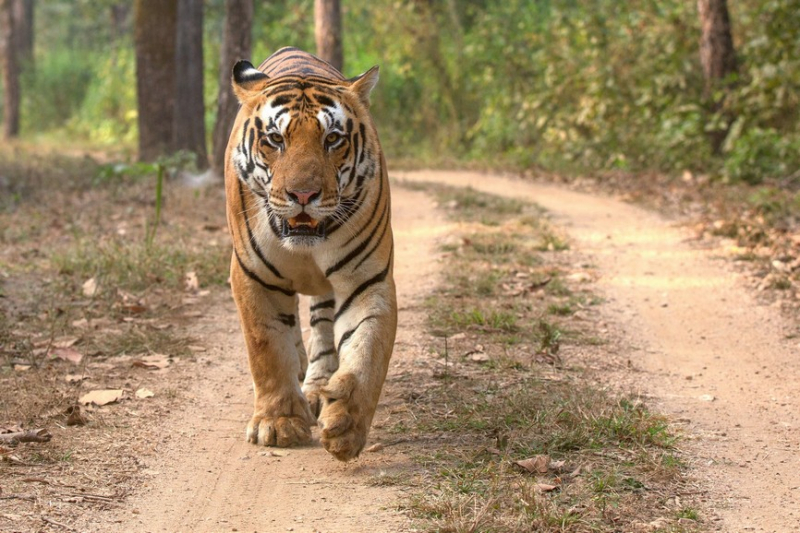
Photo: https://indiawildlifesafaris.com/ -
In 1999, numerous tiger subspecies in continental Asia were called into question. Tigers from different places exhibit similar morphologies, and it is thought that gene flow between populations in those regions was conceivable during the Pleistocene. As a result, it was suggested that just two subspecies be recognized as legitimate, namely P. t. tigris in mainland Asia and P. t. spondaic in the Greater Sunda Islands and maybe in Sundaland.
The Siberian and Caspian tiger populations are in the northern clade of the nominate subspecies P. t. tigris, while the remaining populations of continental tigers are in the southern clade. Since the revision of felid taxonomy in 2017, the extinct and surviving tiger populations in continental Asia have been grouped under P. t. tigris.
The Caspian, Indochinese, Malayan, Siberian, and South China tigers are also members of P. tigris tigris, which contains the Bengal tiger. It was formerly thought to be a subspecies. Although it could appear like a downgrade, the taxonomic details have minimal bearing on Bengal tigers' long-standing cultural cachet and do not lessen the significance of any of these populations.
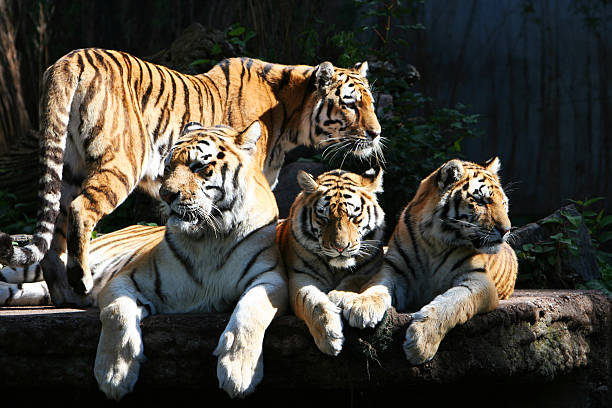
Photo: https://www.istockphoto.com/ 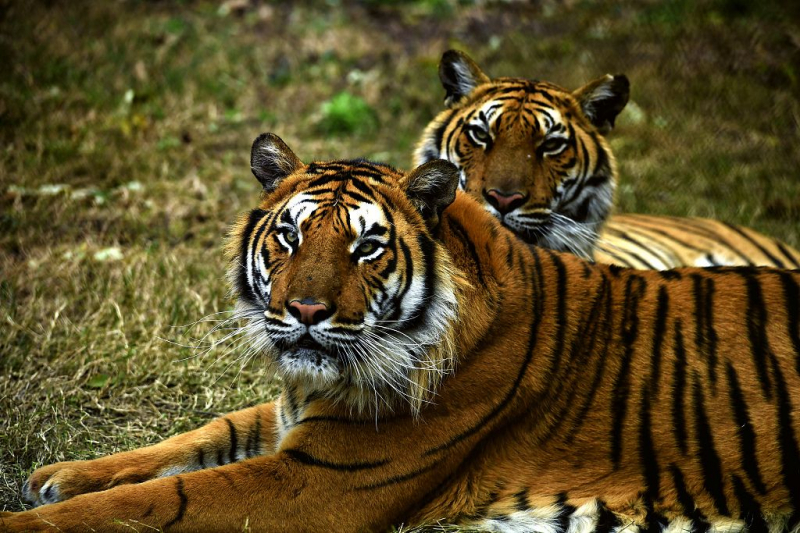
Photo: https://news.cgtn.com/ -
Bengal tigers compete with Siberian tigers to be the largest cats on Earth in terms of length and weight, and they also boast the longest canine teeth of any living cat. The Siberian (or Amur) tiger, which may reach lengths of up to 12 feet (3.7 meters) and weighs more than 660 pounds, is frequently mentioned as the largest cat in general (300 kilograms). However, due to selective pressure from human hunters killing larger individuals, they may currently be smaller overall than in the past because of their highly varying sizes.
Bengal tigers can grow to similar sizes and weights, albeit they may not be as huge as their Siberian counterparts. According to reports, the largest Bengal tiger ever recorded measured roughly 10 feet (3 meters) long and weighed 569 pounds (258 kg).
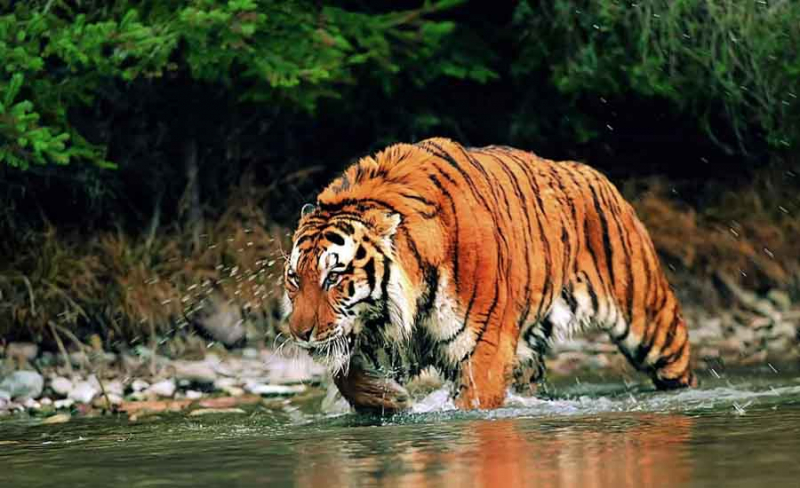
Photo: https://www.nkrealtors.com/ Photo: https://www.youtube.com/ -
Bengal tigers hunt smaller prey like gray langur monkeys in addition to ungulates like several types of deer, antelopes, wild pigs, and wild bovids. Tiger conservation is a concern since farming is dividing up their habitat, where they may receive up to 10% of their food by killing domesticated animals.
Bengal tigers are known to occasionally attack other predators, such as sloth bears and leopards, and there have been a few documented cases of their killing Indian rhinoceroses and Indian elephants. In a post-mortem of a male Bengal tiger in 2009, researchers discovered a king cobra and a monocled cobra in his stomach. They have even been discovered to prey on venomous snakes.
The Bengal tiger lives under either feast or famine conditions. Either the animal has a substantial meal, or it is starving and seeking one. As a result, they frequently consume a substantial amount of meat at a time to survive. When they have a successful hunt, they can consume between 40 and 88 pounds of meat, which is one of the most interesting facts about Bengal tigers.

Photo: https://zooologist.com/ 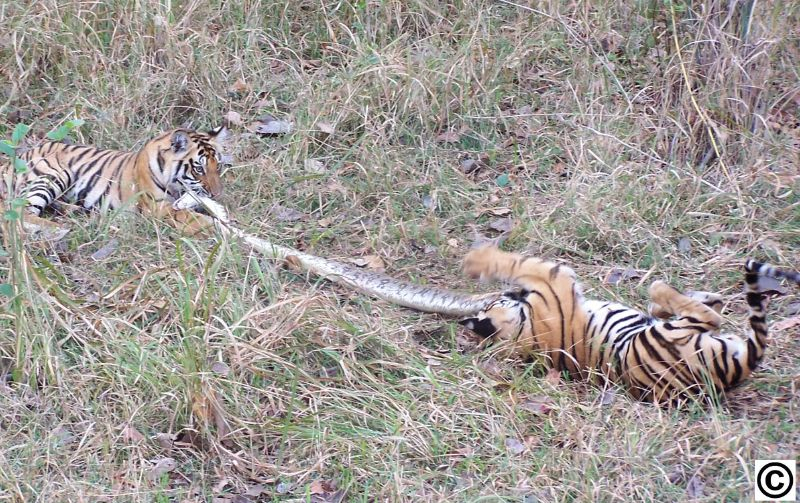
Photo: https://www.tapatalk.com/ -
In the early 1900s, there were up to 100,000 tigers living throughout Asia as a species. However, their population thereafter experienced a dramatic and protracted drop, mostly as a result of habitat degradation and unsustainable hunting. According to estimates, 80,000 tigers were reportedly killed in India alone between 1875 and 1925, and by the 1960s, the tiger population in that nation was in danger.
This led to several initiatives to prevent Bengal tigers from going extinct. India declared the Bengal tiger its national animal in 1972, made it illegal to kill or capture wild tigers in 1971, and began its Project Tiger conservation effort in 1973, which led to an increase in tiger sanctuaries around the nation that is still on the rise. India's entire tiger population increased to 2,200 in 2014 and around 3,000 in 2018 from a low of fewer than 2,000 tigers (the country conducts a census every four years).
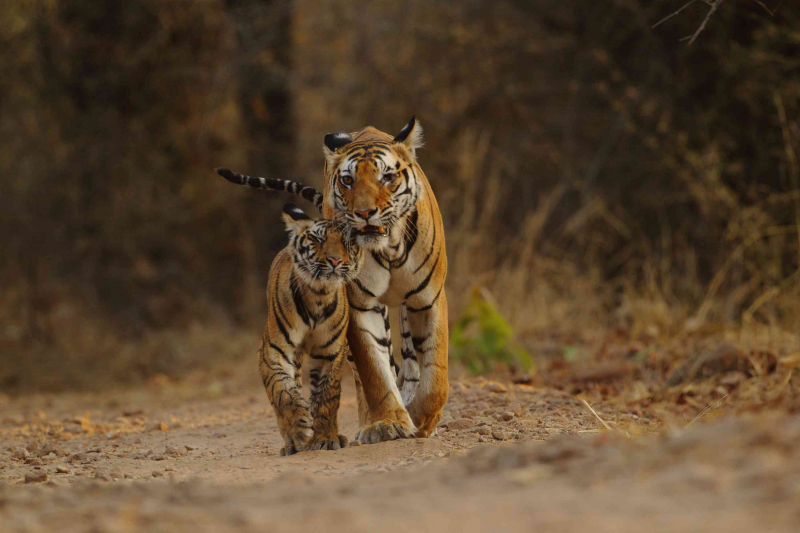
Photo: https://www.treehugger.com/ 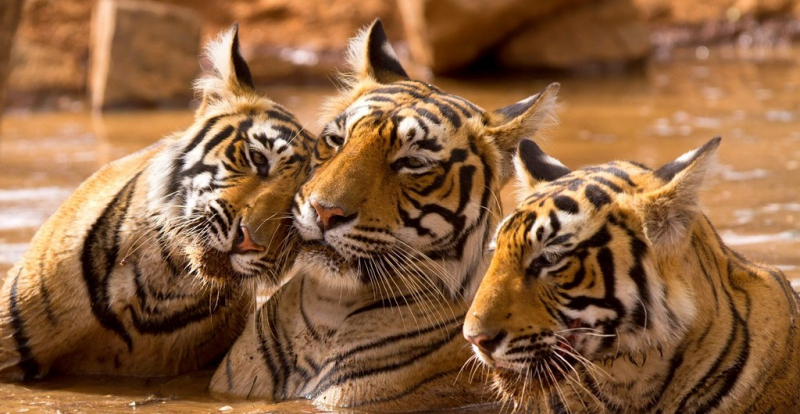
Photo: https://www.adventurenation.com/ -
There have been issues notwithstanding India's considerable achievement in increasing its tiger population. Tigers have been reproducing, but some conservationists are concerned that they aren't spreading out enough into new areas. Running out of space can lead to conflict between tigers and people in addition to problems with their other tigers. A single male tiger may need a territory that is nearly 40 square miles (100 square km) in size.
Roads, railroads, farms, logging, and other forms of human activity are fragmenting tiger habitats at an increasing rate, which leads to more cats preying on livestock or otherwise coming into conflict with people. This has hindered the success of India's tiger conservation efforts along with continuous poaching and the extinction of prey species, yet experts still find reasons for optimism.
According to noted tiger expert Ullas Karanth, India now has enough linked forest cover to maintain a population of 10,000-15,000 Bengal tigers, if prey species can recover and humans can be kept out.
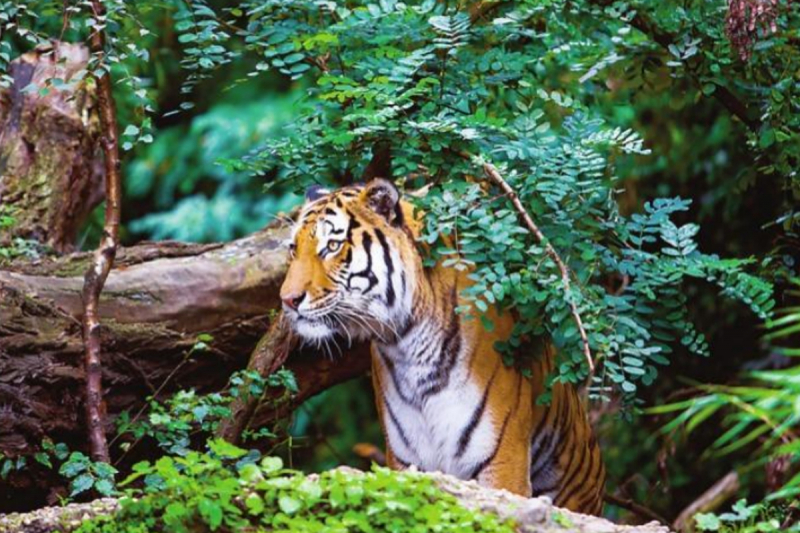
Photo: https://www.thestatesman.com/ 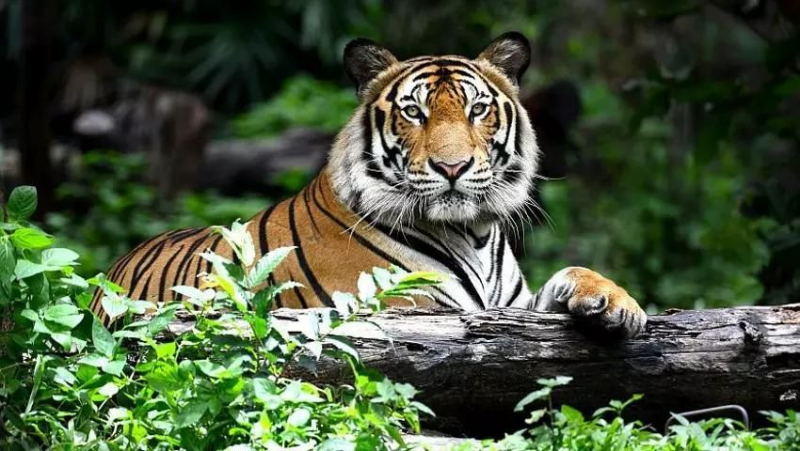
Photo: https://www.thegreatprojects.com/ -
From 1904 until 1907, a Bengal tiger who became known as the Champawat Tiger went on a tremendous killing rampage. 436 people were killed by this animal when it was on the loose, often multiple at once.
Until it was chased away, this beast killed roughly 200 people in Nepal. Sadly, the animal simply relocated and went to India. There, it shut down the Kumaron District and began to hunt humans, occasionally during the day. People were reluctant to leave their homes, especially after a series of attacks that covered a distance of 20 kilometers in one night.
The menace was eventually neutralized by a hunter who was hired, despite the fact that he nearly perished in the process. The tiger's fractured canine tooth was recovered afterwards. According to some theories, the animal chose humans as its prey because they were simpler to hunt than its usual prey.

Photo: https://nypost.com/ 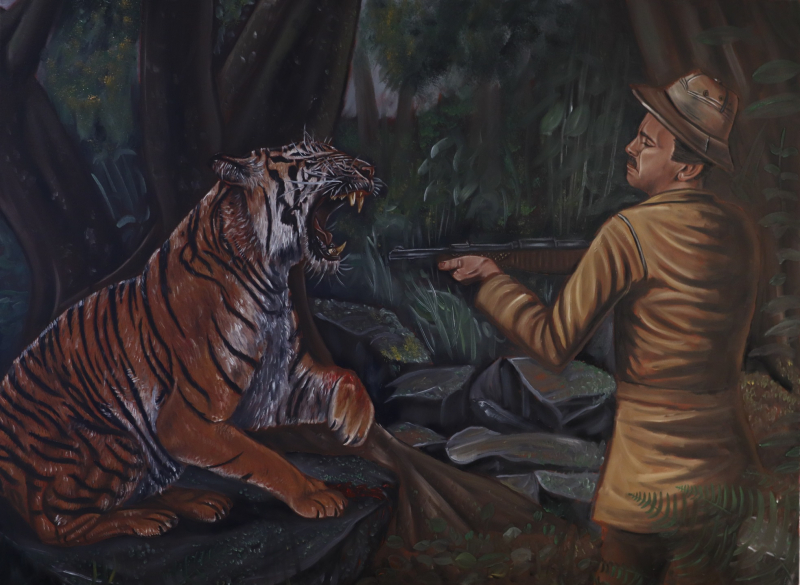
Photo: https://kdemo.art/ -
Bengal Tigers live alone and spend the majority of the day resting in the shade, saving their energy for their nighttime hunts. This is one of the most interesting facts about Bengal tigers.
Bengal tigers preserve their home ranges, and females select locations they believe are best for raising young. In order for the cubs to stay cool on hotter days, this frequently includes a nearby water supply.
Similar to the Sumatran Tiger, the Bengal Tiger breeds year-round and begins teaching its cubs the necessary hunting techniques at the age of six months. When they are about two and three years old, it is time for them to leave their mother, and soon after they do, she will go back into heat and start the breeding cycle all over again.
Bengal tigers are renowned for their ability to assault their rivals, and when prey is in short supply, they have been known to hunt surrounding predators like leopards and wolves.
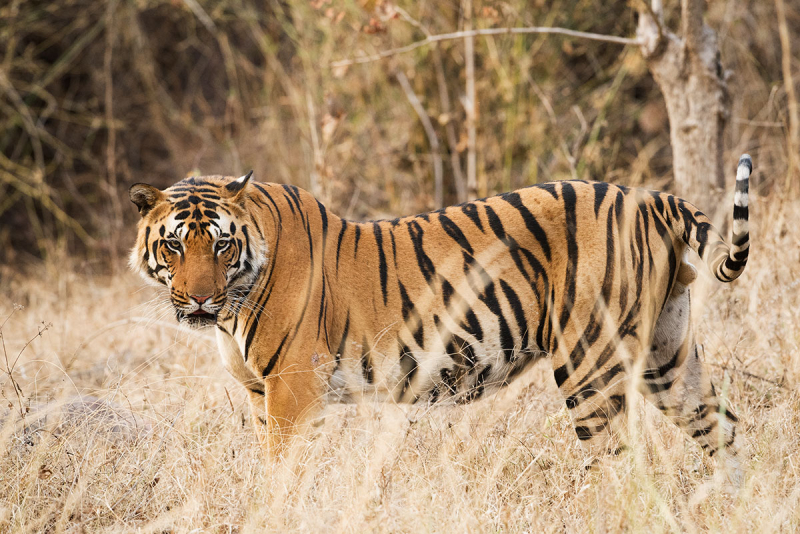
Photo: https://nedhardy.com/ 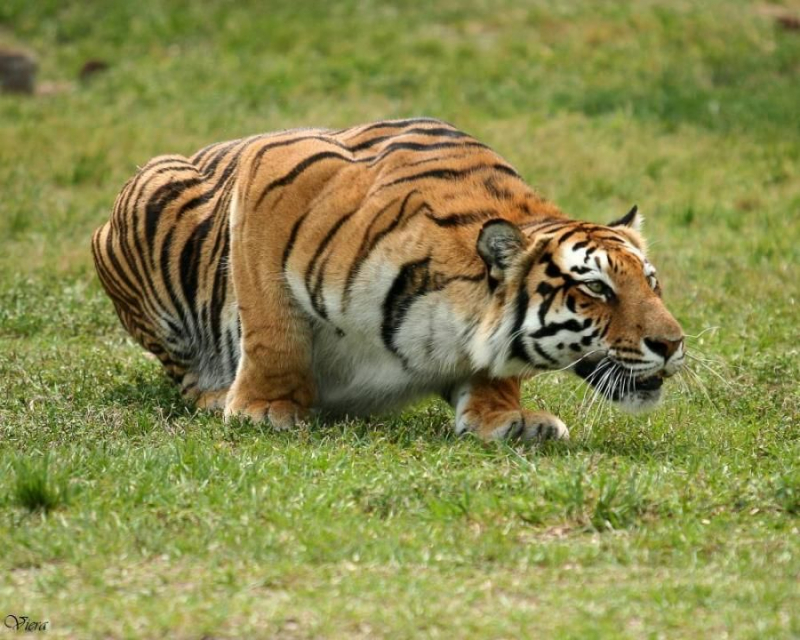
Photo: https://www.pinterest.com/ -
Poaching and habitat destruction are the two main dangers facing the Bengal Tiger. As sea levels rise and alter the structure of mangrove systems, those tigers residing in the mangrove area are also subject to climate change.
Poaching gangs are well-organized and there is a high rate of wildlife crime, which supports the illegal traffic between China, India, and Nepal. The great value of Bengal Tiger body parts and bones makes it challenging to stop criminal activity in search of them, especially in protected regions.
The likelihood of conflict with people is also significant for Bengal Tigers living close to towns and populated areas. Sightings of Bengal Tigers are frequent in locations where both tigers and people coexist peacefully, which instills terror among locals. Stories and myths about "man-eating" Bengal Tigers are a driving force behind hunting, and farmers frequently employ poison to avoid being charged with the shooting. These conflicts will persist as expanding human populations stretch into the Bengal Tiger habitat.
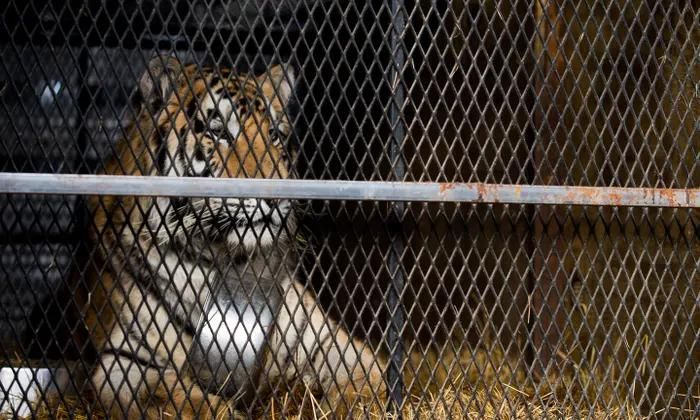
Photo: https://www.theguardian.com/ 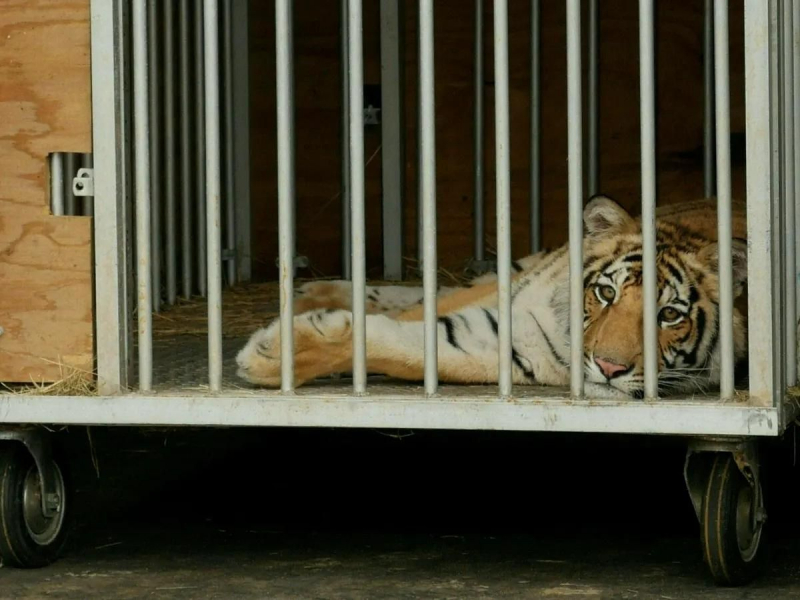
Photo: https://www.theguardian.com/ -
11 key protected areas in India and Nepal serve as the best habitat for Bengal tigers. Although overall populations are still declining, the Tiger Project, begun in the 1970s, has assisted in stabilizing Bengal Tiger populations in selected reserve regions.
The Wildlife Protection Society of India keeps an eye out for any poaching activity and enforces border confiscations. Although they can seize and prosecute poachers, it is exceedingly difficult to find the source of the operation, and its origins are still unknown. They are trying to make this work so they can target entire gangs.
In order to combat threats to Bengal Tigers and increase the population by 2022, WWF launched the global campaign "Save Tigers Now" in 2012. They aggressively advocate against allowing Americans to interact with tigers because it encourages pointless breeding, and they urge people to cease purchasing wildlife-related goods when they visit abroad.

Photo: https://support.worldwildlife.org/ 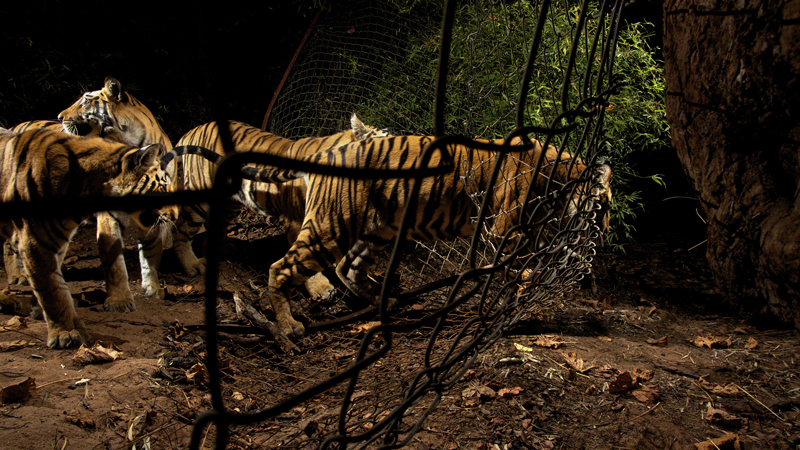
Photo: https://www.nature.com/































